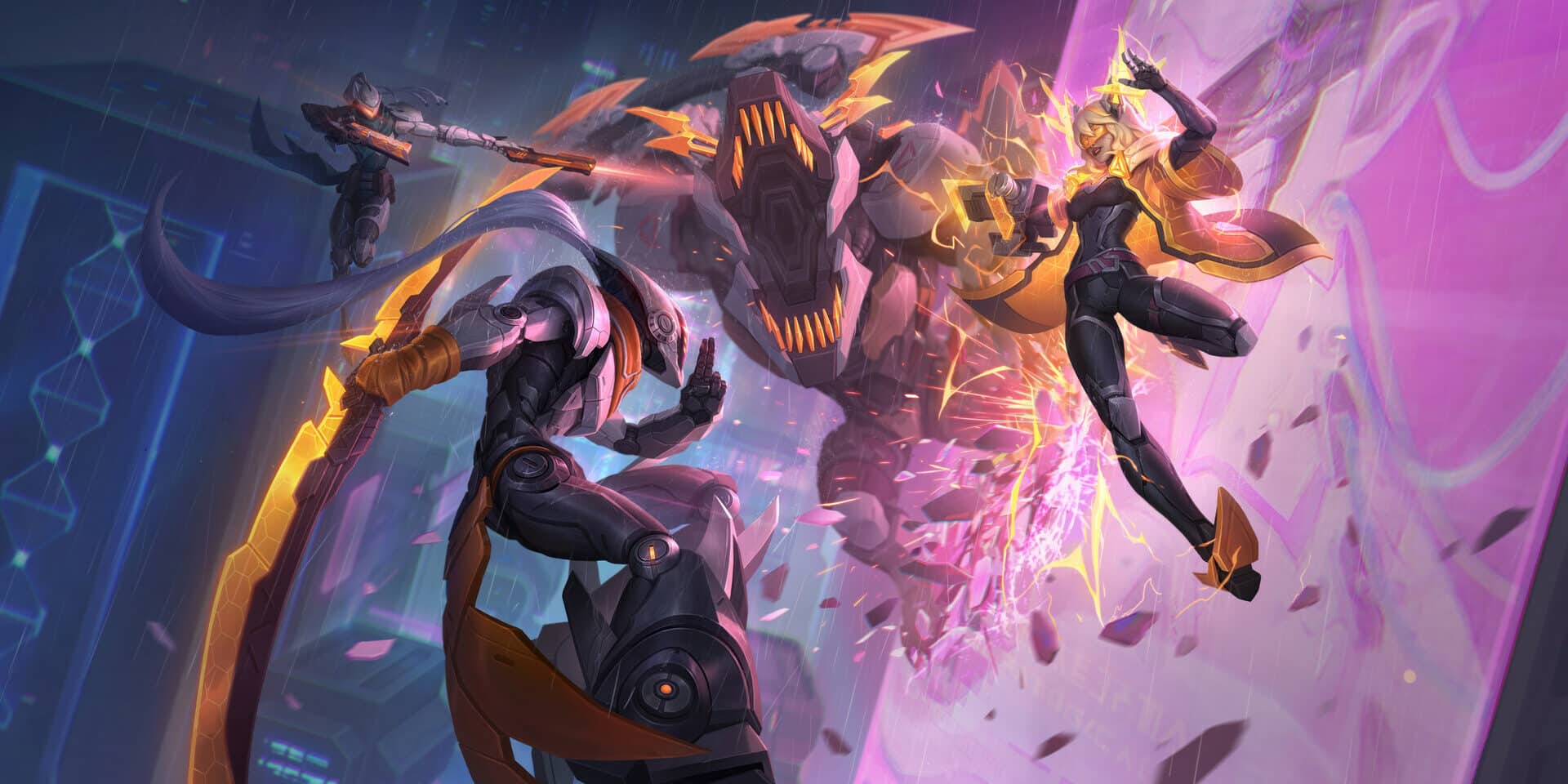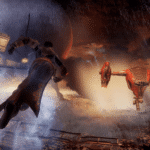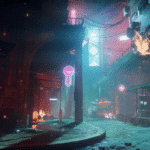Table of Contents
Takeaways on how to Categorize Champions in League:
- Riots classification system is misleading in terms of classes of playstyle
- It is better to classify in a similar vein of what items characters build
- Riots classification is based on champion fantasy design but does not actually translate to gameplay.
- How you are planning to play should be identified in your build
If you are looking for ways to prove your prowess in games, download the Z League app for tournaments, statistics and LFG to find teammates.
Champion Classification
How to classify the currently more than 160 champions in League of Legends has varied over time — most commonly they are classified based on the position they play. However, there is a more important distinction between their traits and roles in terms of gameplay, not just position.
Riot has its own classification system for this — but this one is a bit too extensive and makes distinctions that are not necessary for itemization and forces certain champions into specific identities.
For example, Riot splits tanks into defensive tanks (Wardens) and offensive tanks (Vanguard) — but this all depends on compositions, itemization, and play style. A prime example is K’Sante who is a warden, but K’Sante excels just as well — if not even better — as an aggressive tank. Even though his kit might indicate him being a front-line defensive tank. A K’Sante in the backline is about as disruptive and dangerous as an assassin.
So the Riot classes simply identify the champion fantasy — not the gameplay reality. Classification based on champions’ core concept is problematic as champions are often not played in that way, they are typically adjusted based on circumstances.
Many newer players fall into a trap where they get stuck in the way they think a champion is supposed to be played. Most characters can be played in a myriad of ways depending on compositions, builds, and playstyle — meaning that such classification can be a bit derivative.
Classifying Based on Itemization
How you build your character should be indicative of how you wish to play it more so than what sort of fantasy the character has, like Braum being defensive and protective. But a Braum with Hail of Blades is not going to be defensive. So a classification system has to be more dynamic to account for this and cannot presume playstyle.
So it makes more sense to classify them in terms of what stats they are building and how they scale. As what you build indicates what you want to be doing and you can change if a character is aggressive or defensive with said build, how you build can also essentially change what sort of class the character operates as.
Classes Based on Itemization:
- Assassins — flat damage and armor/magic shred
- ADCs — for the most part attack speed and damage and either in crit, on-hit, though there are also lethality variations — which are more akin to Assassin builds
- Tanks — pure resistances and health
- Bruisers — AD mix of defensive stats and offensive
- Battlemages — AP mix of defensive stats and offensive
- Mages — flat AP and magic pen and ability haste
- Enchanter — Items that enhance healing, shielding power and mana regen, and some AP
Most characters building like a certain class will also scale mainly from those stats, but this is not always the case. You can have Tank Karmas or Bruiser Assassins, and these start to operate much more like those classes that they build like, not the class fantasy their abilities or scaling embody.
A Bruiser Assassin becomes tankier and does more sustained damage akin to a Bruiser as opposed to a bursty Assassin. The later the game and the more items you have, the truer it becomes. A Maokai with a Moonstone perhaps isn’t an Enchanter, but he starts to operate more like one, and with full Enchanter items Maokai starts to look like Ivern.
There is some overlap, Lethality ADCs build the same as AD Assassins and full Burst Mages and AP Assassins build the same way. Both of these pairs of classes operate the same way, just that one has to be in melee to do their burst.
This way of classifying champions isn’t foolproof and there are some champions that operate in a certain way, but does not build accordingly due to unique scaling or abilities, but these are outliers.



